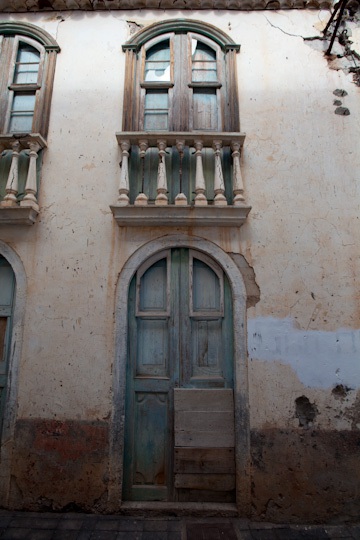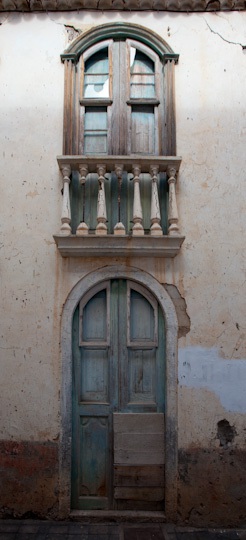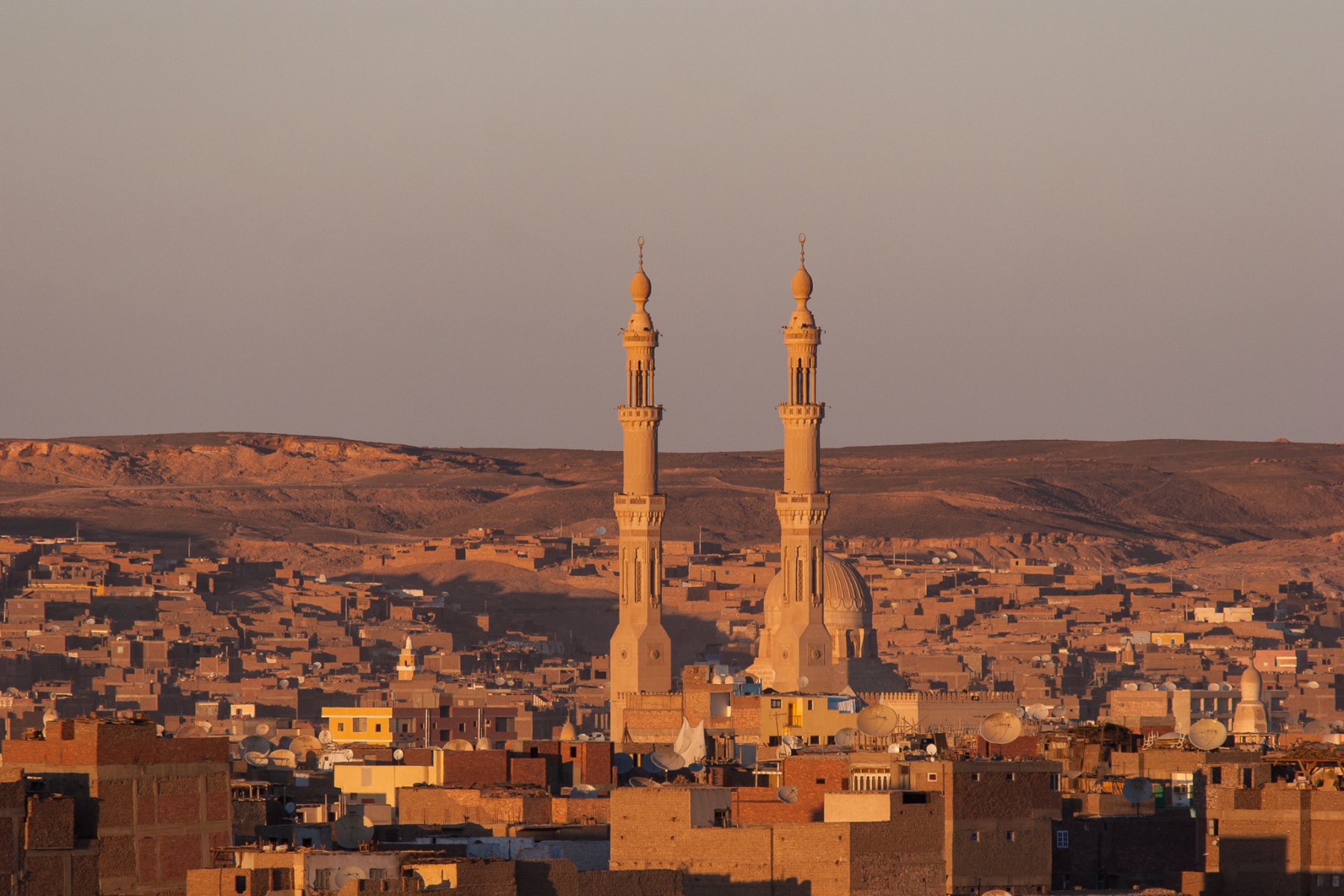After a long lie, reading the Sunday papers in bed, and scrummy bacon and eggs on Morton rolls with freshly brewed coffee, we headed out to Mugdock for a short walk and some fresh air. The weather did not promise for much, as it had been very misty and very cold since Friday. The mist got worse the more we headed out of the city and became very dense on the road along the reservoirs to South Lodge car park at Mugdock.
From the outset, we were all feeling the cold, especially Lynn who was still feeling under the weather. I certainly hope that Santa gets her a new pair of fleece lined walking trousers that she so badly needs. Due to the cold, we decided to walk the short circuit: along Loch Mugdock to Mugdock Castle, then along the side of the caste and across the wooden walkway through the swamp and back along the shore of Loch Mugdock.
There were a few good opportunities for shots along the way, but the combination of the bitter cold and being spurred along by two shivering ladies did not leave much time for lingering to find the right composition, let alone time to set the tripod up. Apart from the first two images below (taken last), these were all shot handheld at high ISO, low shutter speeds and open apertures as the (digital) grain and shallow depth of field can tell.
When we got back round to the main path, Lynn headed straight back to the car to get warm, but Lola and I walked round a little bit further to retake a good view of the crannoch in the mist, but this time using the tripod. Glad we did, as it turns out to be one of the better shots I have taken in a while.
It was getting dark very quickly even though it was only 3:30pm so time to get back to the car (and Lynn) and head home to a hot drink and a warm fire.



